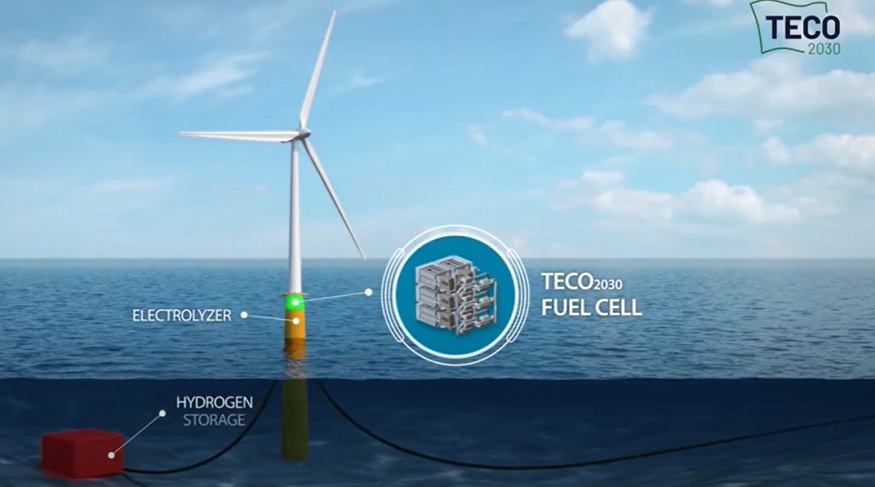
IRENA predicts cost of green hydrogen will be competitive in a decade
December 23, 2020The agency forecasts that the price of the alternative fuel will be low enough to be feasible.
The cost of green hydrogen is dropping at a rate that would make it competitive with fossil fuel alternatives within the next decade, said a recent International Renewable Energy Agency (IRENA) report.
The falling cost of solar and wind power, increased efficiency and electrolyzers are making this possible.
The IRENA report, “Green Hydrogen Cost Reduction: scaling up electrolyzers to meet the 1.5 C climate goal” examined innovation drivers. It also offered strategies for governments to employ to reduce the cost of green hydrogen electrolyzers by 40 percent over the short term, and by as much as 80 percent over the longer term.
As a result, this clean H2 could play a central role in decarbonization strategies, especially in areas in which direct electrification is difficult, such as in the steel, chemicals, shipping, aviation, and long-haul transport sectors. That said, market design, regulations, and the cost of electrolyzer production and power generation remain barriers in the current adoption of clean H2, said the report.
Today, the cost of green hydrogen is about two to three times higher than “blue” H2.
Blue H2 is made with fossil fuels such as natural gas, combined with carbon capture and storage (CCS). The price tag associated with making green H2 is heavily based on the price of the renewable electricity used for powering the electrolyzer, as well as the investment cost into the electrolyzer itself and the operating hours of the machinery.
In many parts of the world, renewable energy is already the least expensive source of electricity. Auctions have reached record low prices, under $20 per megawatt hour (MWh). That said, while that is an important factor for producing competitive green H2, investment costs into the electrolyzer facilities must also drop considerably to impact the final price of the fuel production.
The new IRENA study pinpointed key policies and strategies for keeping the price of electrolyzers down by way of better performance and innovation. The purpose is to scale up this equipment and  these facilities from the current megawatt level of production to the multi-gigawatt (GW) levels that are required to reduce the cost of green hydro gen in a meaningful way.
these facilities from the current megawatt level of production to the multi-gigawatt (GW) levels that are required to reduce the cost of green hydro gen in a meaningful way.



 With over 15 years of reporting hydrogen news, we are your premier source for the latest updates and insights in hydrogen and renewable energy.
With over 15 years of reporting hydrogen news, we are your premier source for the latest updates and insights in hydrogen and renewable energy.
The cost of green Hydrogen can be dropped substantially within 24 months. To the surprise of almost everyone, Hydrogen can soon be available at the point of use at low-cost due to breakthrough 24/7/365 generators.
About 100 years ago, Alfred Hubbard demonstrated a self-powered generator without moving parts. It powered an electric boat without batteries on a lake in Seattle before a large audience. It never made it into production and the science was lost for a century.
A modern version has been invented, along with two parallel generators with similar capability. One recently awarded a U.S. Patent. All will likely be in production in about a year. Providing portable generators without fuel and alternatives to intermittent solar and wind. They will give electric cars unlimited range and the ability to sell substantial electricity when suitably parked.
They will revolutionize the production of Hydrogen, as there is no fuel cost and small units can be used in homes and on board Hydrogen fuel cell cars.
There is no vaccine for climate change. However, this may prove to be as close an approximation as can be achieved with technology. Learn more at aesopinstitute.org
Imagine how different our world would be if such generators were mass produced a Century ago. And how fast they can replace fossil fuels in contrast with existing technology.
Hydrogen has a much brighter future when it can be produced as needed, where used, with little need for storage.
Cars, trucks, trains and aircraft that run on Hydrogen may become commonplace.